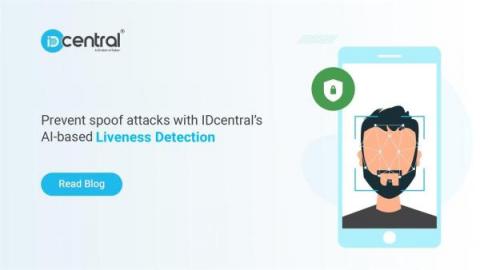API security: 12 essential best practices to keep your data & APIs safe
If you don’t think API security is that important, think again. Last year, 91% of organizations had an API security incident. The proliferation of SOAP and REST APIs makes it easy for organizations to tailor their application ecosystems. But, APIs also hold the keys to all of a company’s data. And as data-centric projects become more in demand, it increases the likelihood of a target API attack campaign.











